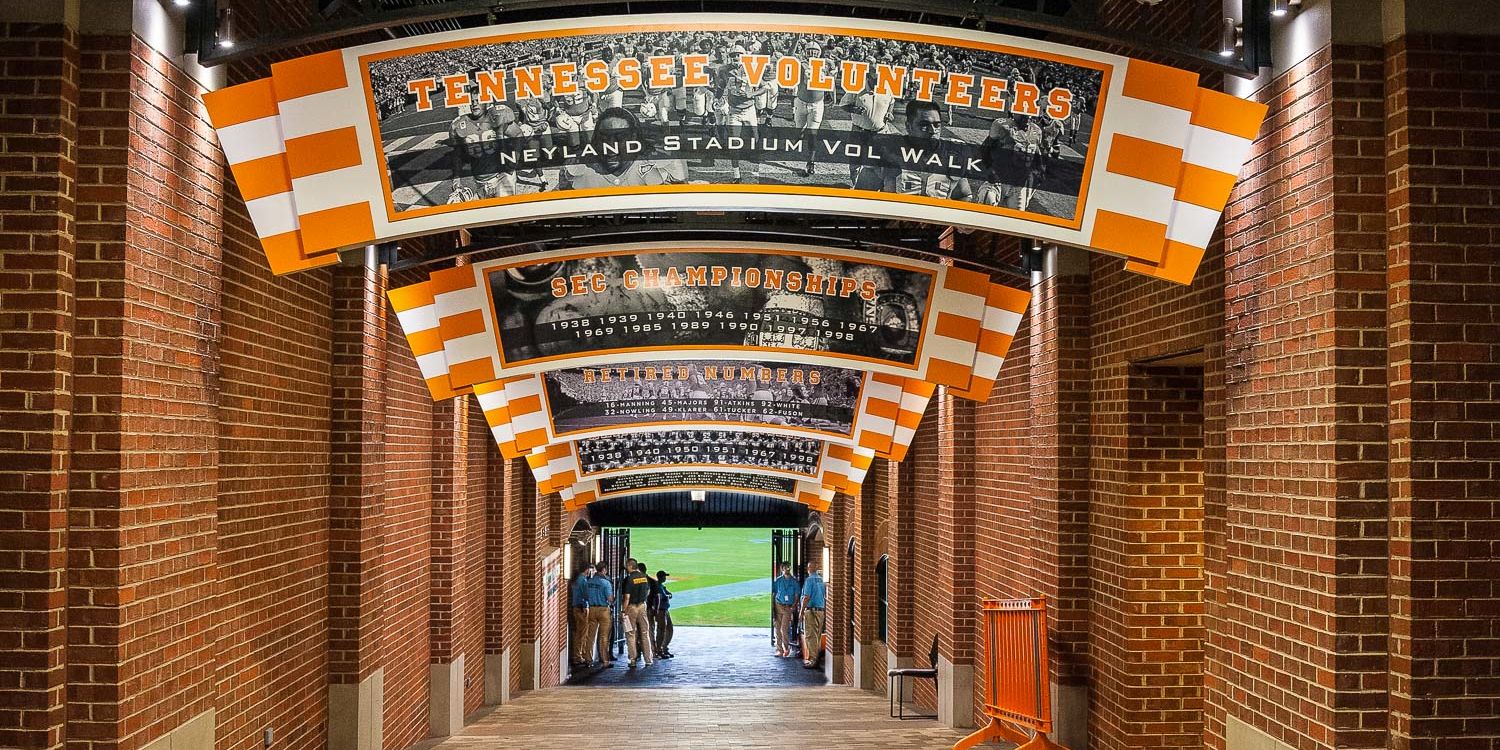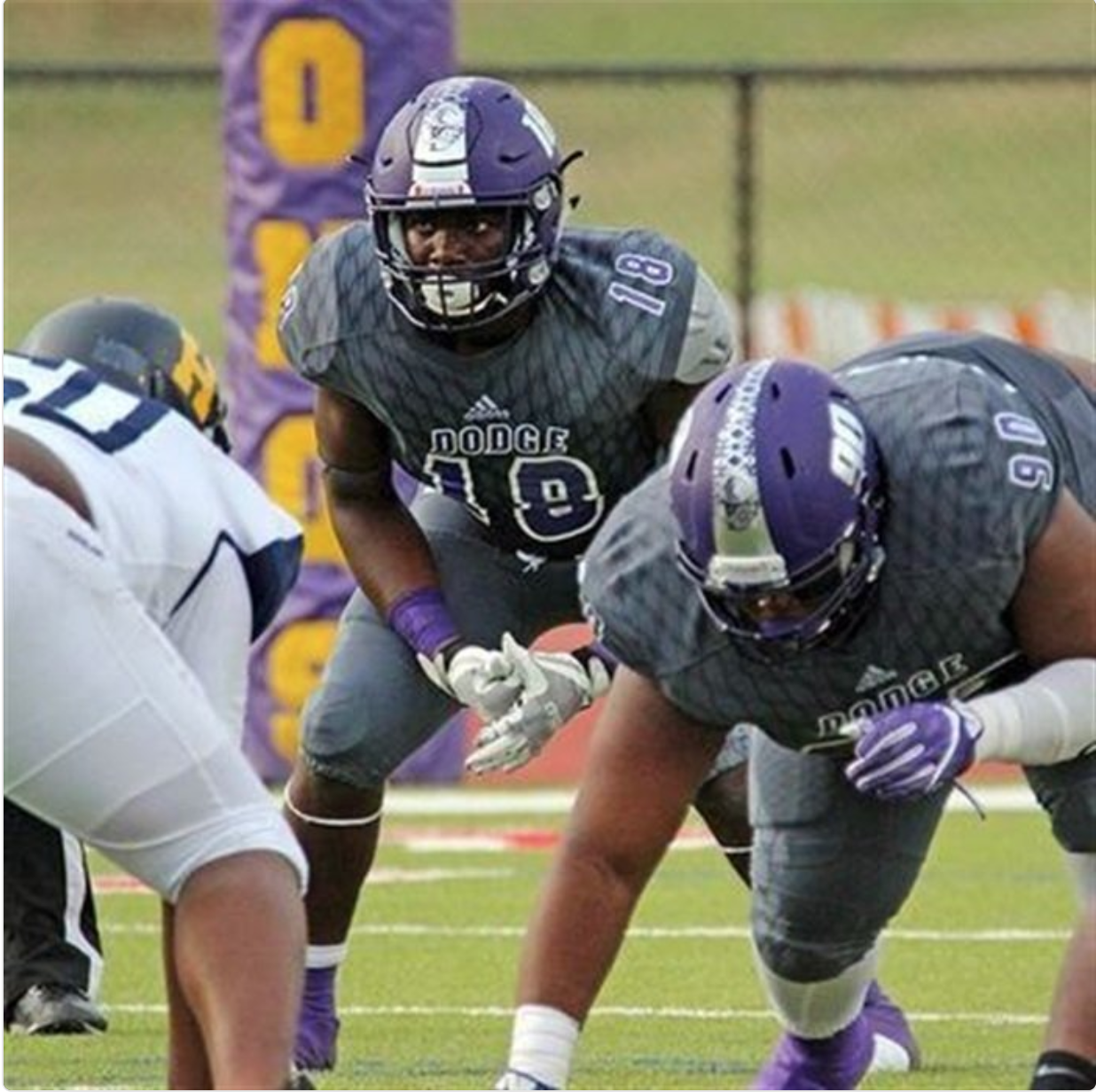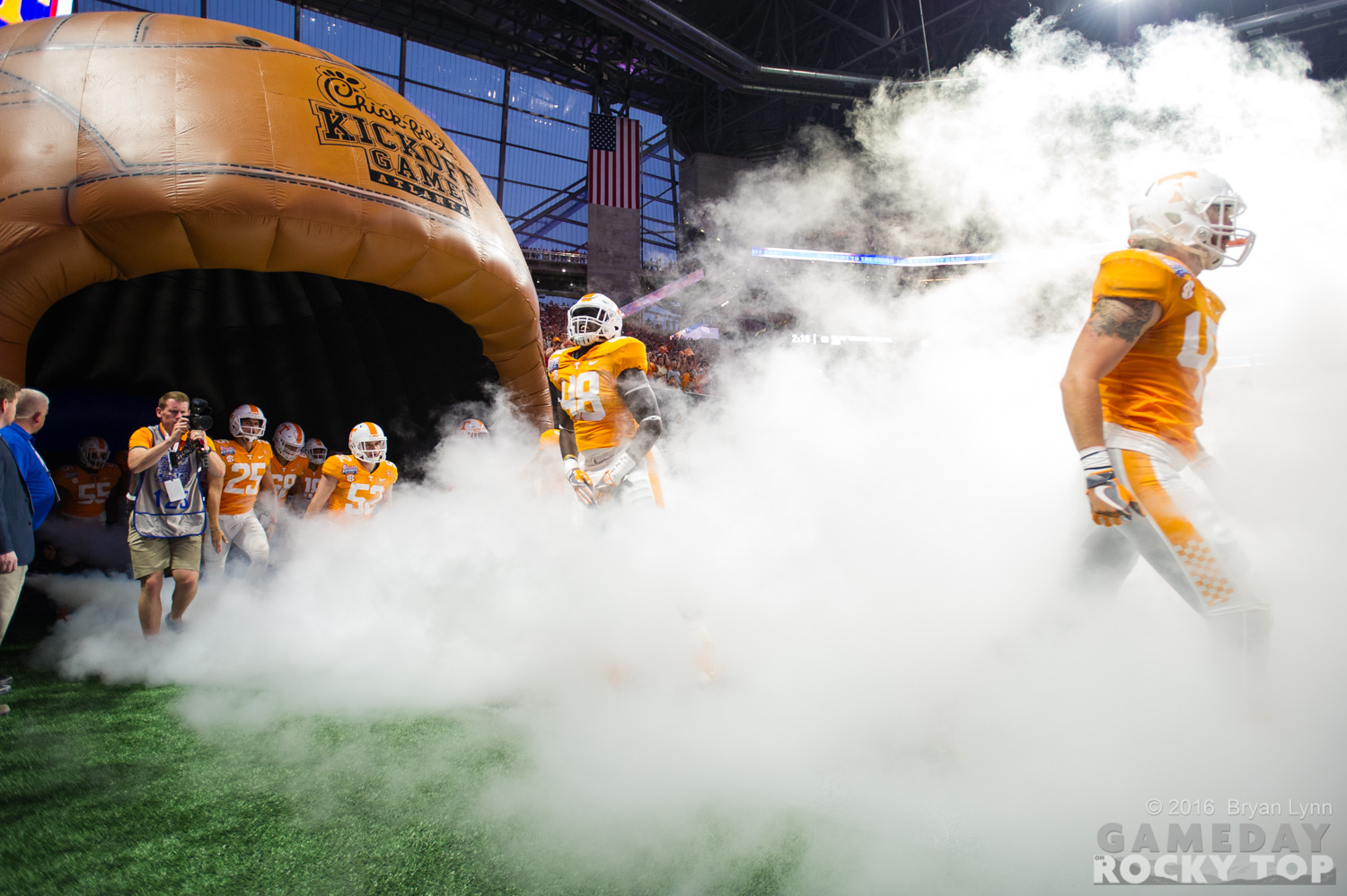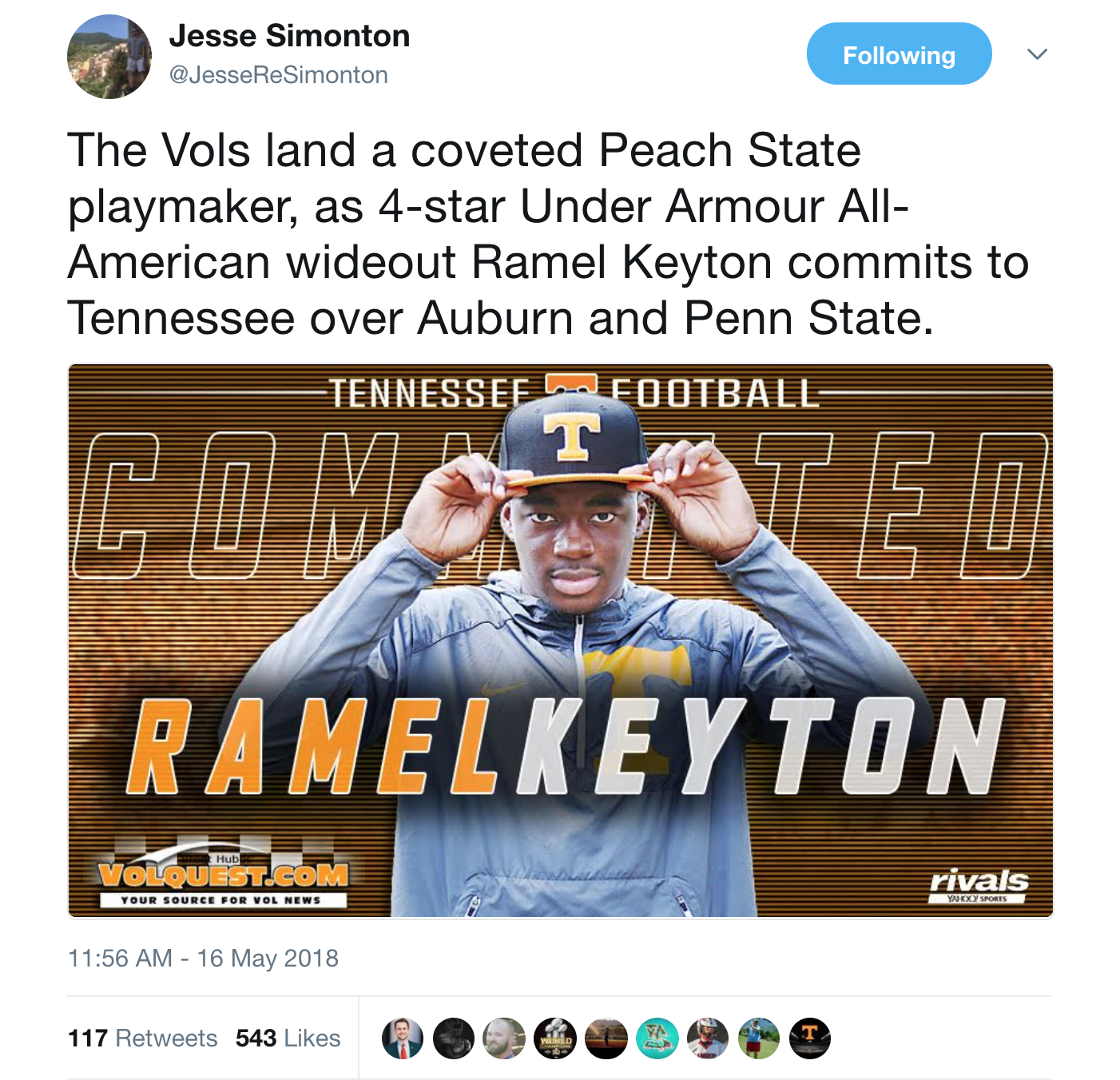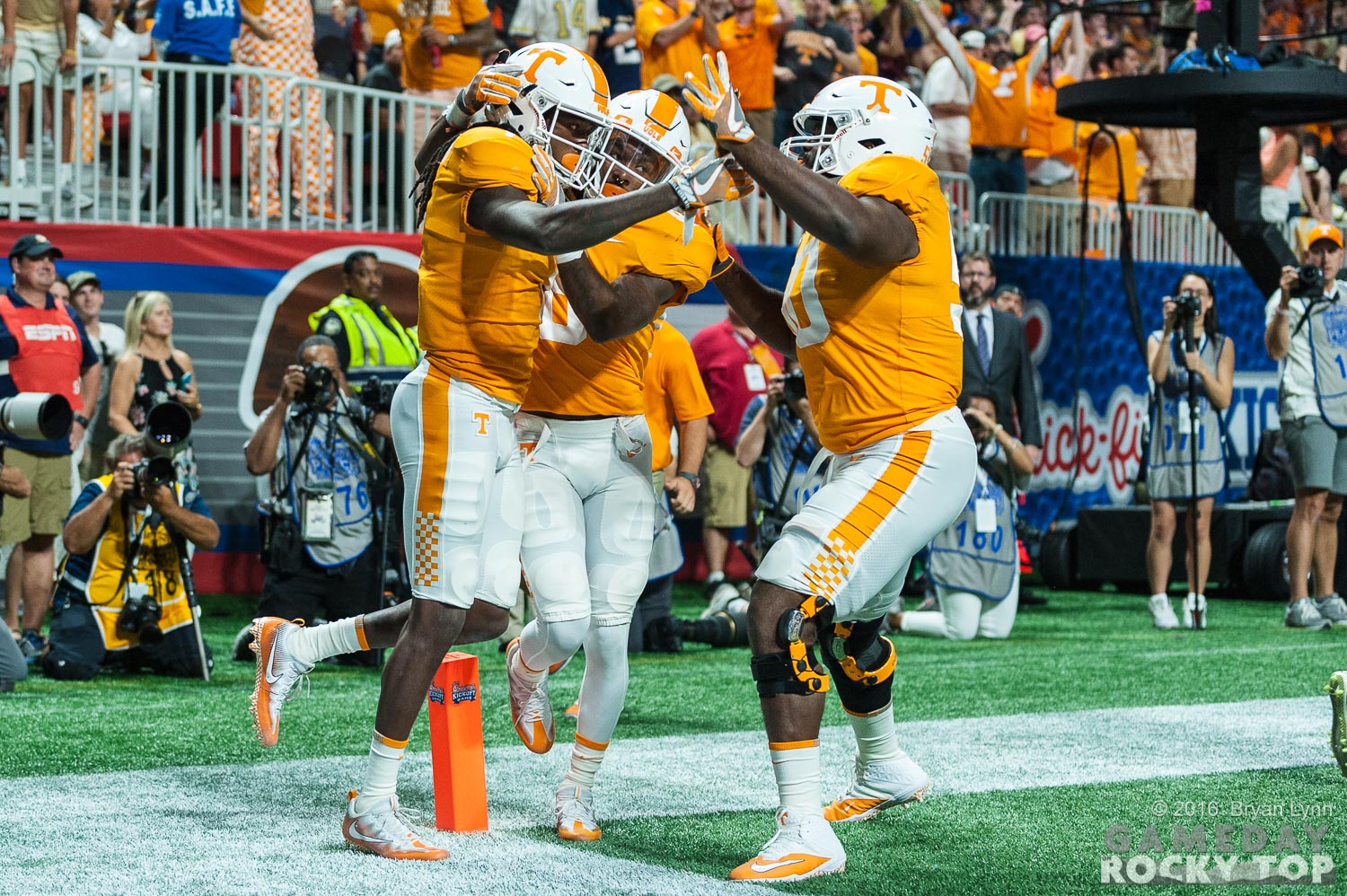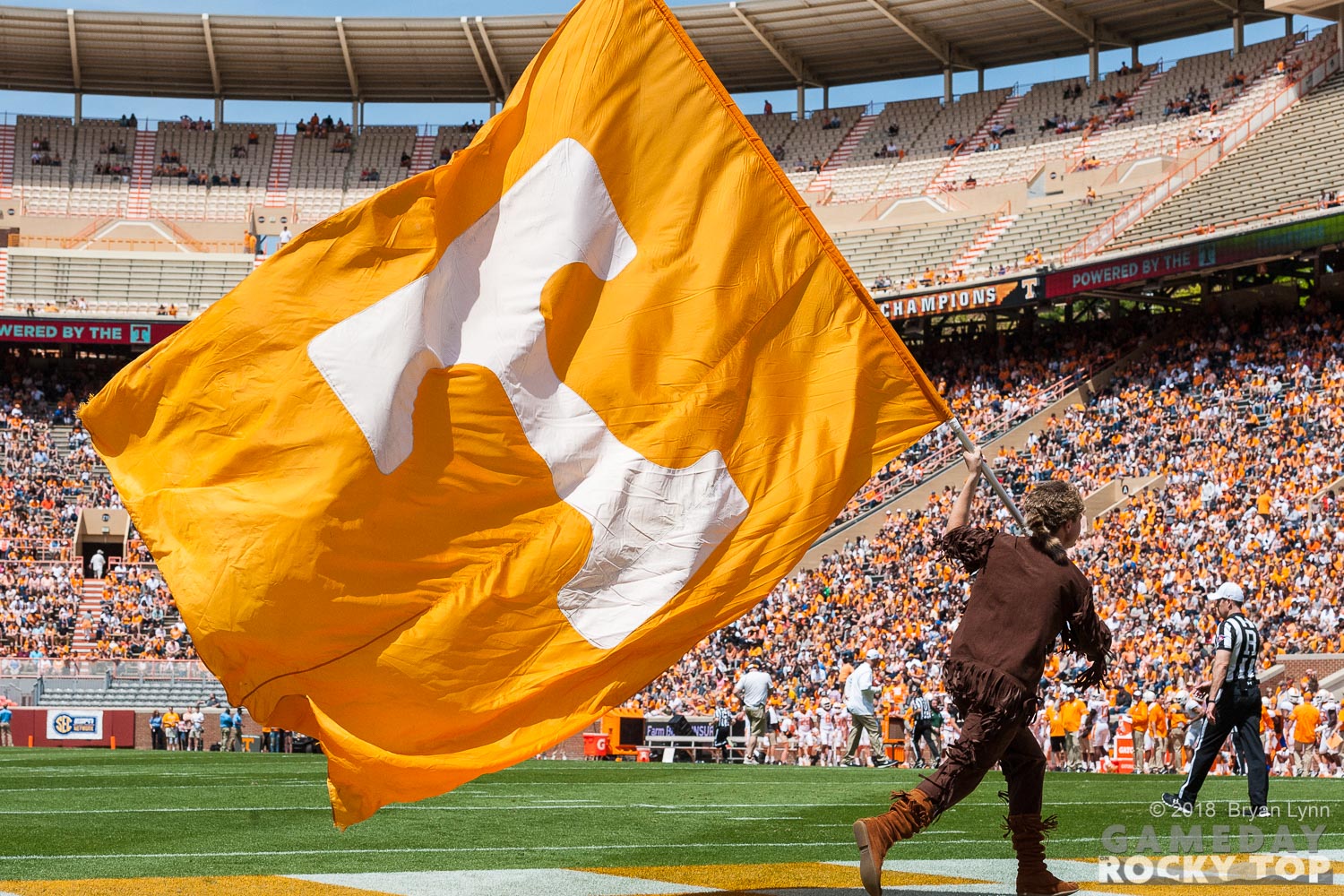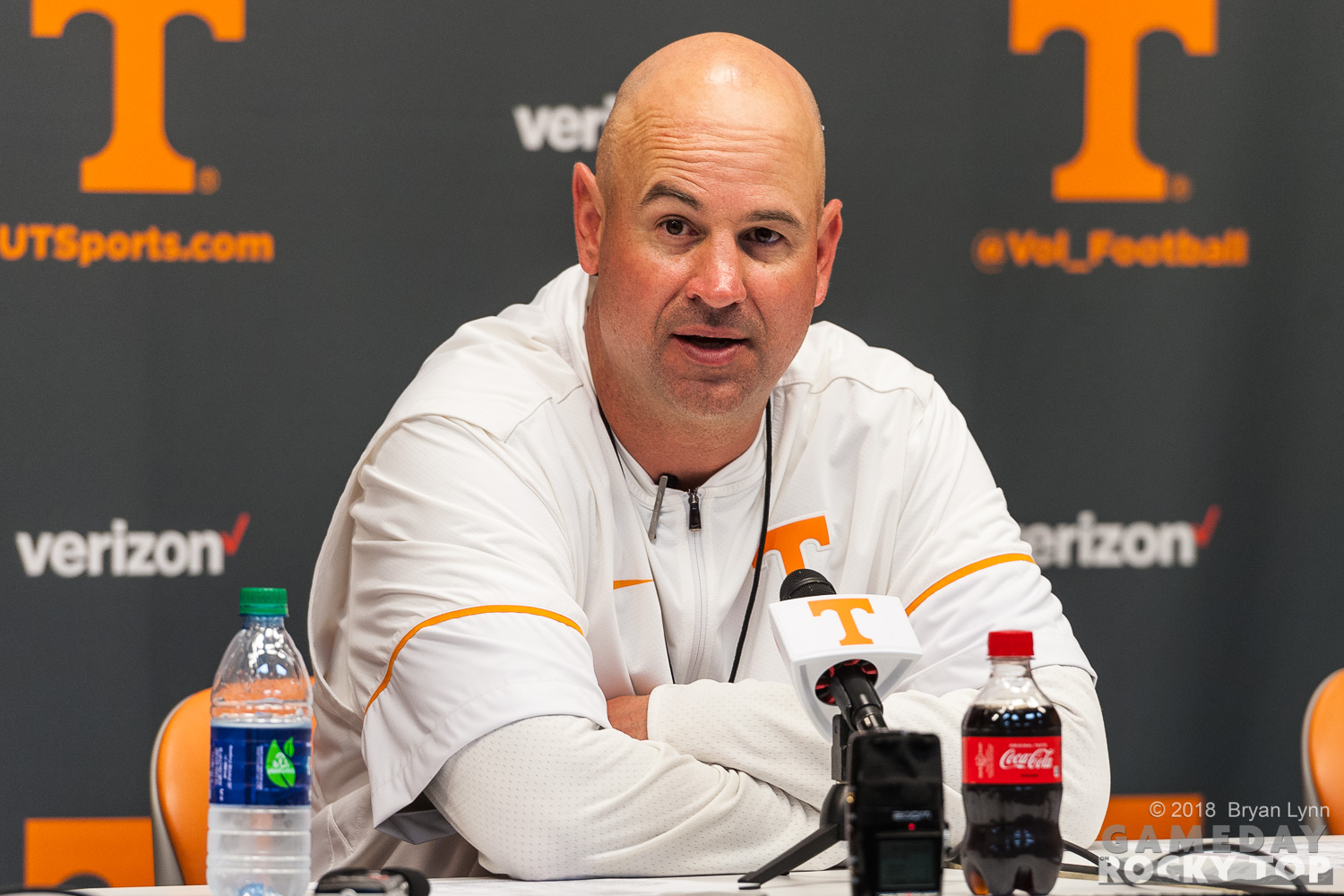The Tennessee Vols are soft, they said. They haven’t been coached. They’re awful. The program is in shambles. There’s going to be a mass exodus of players this offseason once the new sheriff comes to town.
Right?
Well, we’re waiting.
Where are they?
Still waiting…
You haven’t seen it yet? Me, either. Instead, what we saw was a bunch of the same ol’ Vols going through spring drills, getting the tough love dished at them every day from new coach Jeremy Pruitt and his no-nonsense staff. And, while there may yet be several defections — there always are every year, after all — we haven’t seen any. All we’ve heard is praise, folks buying into the new way; what little we heard from the players this spring.
It’s enough to make me think that we won’t see anymore than the normal attrition that every major college football program has every year, regardless of — and especially when there’s — a coaching change. Has it occurred to anybody that maybe these Vols wanted to be coached, all along?
Has it occurred to you that maybe it was the former UT coaching staff that was soft, and not the players?
After all, Butch Jones and crew are the ones who did these kids a disservice by employing three strength and conditioning coordinators in the past three years, one of which who was a glorified intern, at best. These are the ones who fudged the injury list every game after the ridiculous cloak-and-dagger game that included, many times, blatant lies to the media about players who were hurt. (Anybody tripped over a helmet lately???) These are the ones who threw their players under the bus at times, talking around the idea that eventually, the coaches stop and the players must play.
But what if players aren’t taught how to play?
Part of player development is teaching young men how to be men. That includes playing when you aren’t feeling at your best, reaching down and grabbing a little more that you didn’t think you had in you, pushing the limits and digging for that something extra that made them, in a way, transcend what they thought they could be. For all the talk about 63 effort — about making three effort plays within the six-second timeframe that a standard play takes — how much effort was the former staff putting into pushing these kids?
Not only did they do them a disservice getting them ready to play football, many times, they erred on the side of not playing on the field any time there was a minor issue.
Listen: This is football; there are injuries. Players get hurt. We saw plenty of them this spring, and it’s not always easy for people to realize the difference between being injured and being hurt. That line was too often blurred during the Jones era, and that goes in both directions. Ask Brett Kendrick about playing through a concussion.
Like he proved in every aspect of the game beyond promotion, Jones was in over his head.
But we’re not just talking about injuries here. We’re talking about literal development — player improvement over the course of time. Jones proved he couldn’t do it, and though Pruitt hasn’t proved he can either as a head coach, his assistant resume speaks for itself. So do the many players his staff have placed in the league over many years across many programs.
You think guys don’t see that? You think they don’t want it? What Todd Kelly Jr., Shy Tuttle or Jarrett Guarantano wouldn’t have given to actually be coached the first few years of their careers. For players such as Khalil McKenzie and Jashon Robertson, the transition came too late. Whether Kelly, Tuttle, Jonathan Kongbo, Kyle Phillips [and similar talented, underutilized, undeveloped players] can surge enough in 2018 to salvage the semblance of what they were expected to be in college remains to be seen, but they can do a lot to help UT have a respectable season this year and salvage something for the program’s future.
So far, Quay Picou has left the program. That’s really about it. Again, there will be more, sure. But we aren’t seeing the floodgates open. If Keller Chryst comes in and starts over Guarantano, you could make an argument that he could leave. But, really, if he can’t beat out a graduate transfer in Year 3, can he really blossom into an SEC star, anyway?
Pruitt said after the Orange & White Game that some players “flat-out quit.” He didn’t call out any names, but he alluded to there being difficult conversations post-spring that would essentially be “come-to-Pruitt” meetings. I personally expected five or six dudes to hit the road soon after those drills ended. They didn’t.
Hey, listen, they may still. We may see a deluge of guys exit the program over the next couple of weeks, and I’ll look back at this column and feel like an idiot. Truthfully, there are probably a few guys — if not more than “a few” — hanging around the program who should leave if they ever want to play a down of football. Pruitt even experimented the last week-plus of spring putting players out of their comfort zones, trying them in other positions. Part of that reason is to see if there was any “hidden talent” that could help the team right away. Part of the reason was he realized some of the dudes he moved simply weren’t every going to contribute where they were.
Tis the nature of the game.
Some players will go; move on to lesser programs where they can play. But after the “soft” Jones era, I expected a bunch of his recruits to see that things were going to be my-way-or-the-highway under Pruitt and say, “Screw this, I’m taillights.”
That hasn’t happened. I’m kinda proud of that.
Maybe a lot of these kids want to learn to play football, after all.

